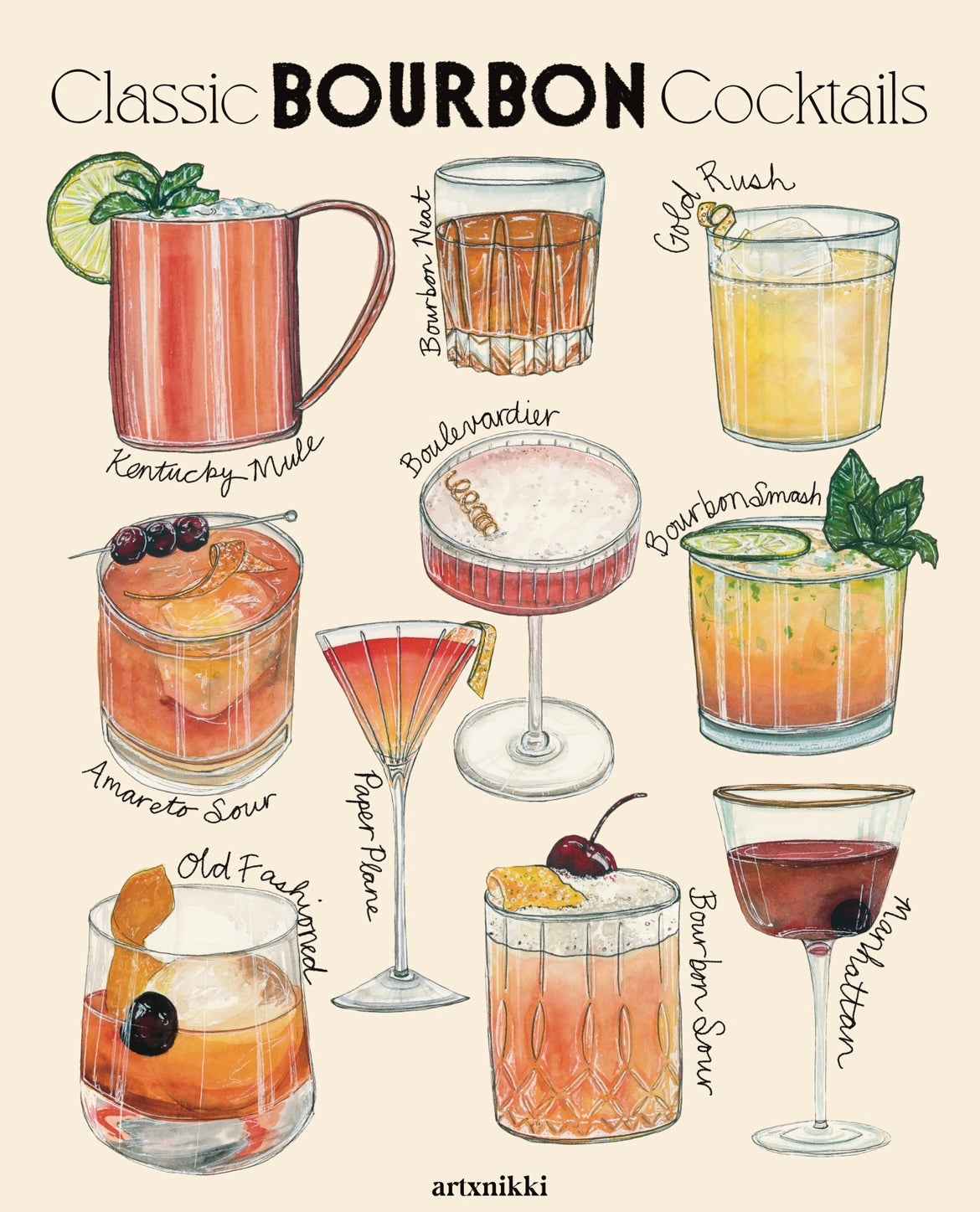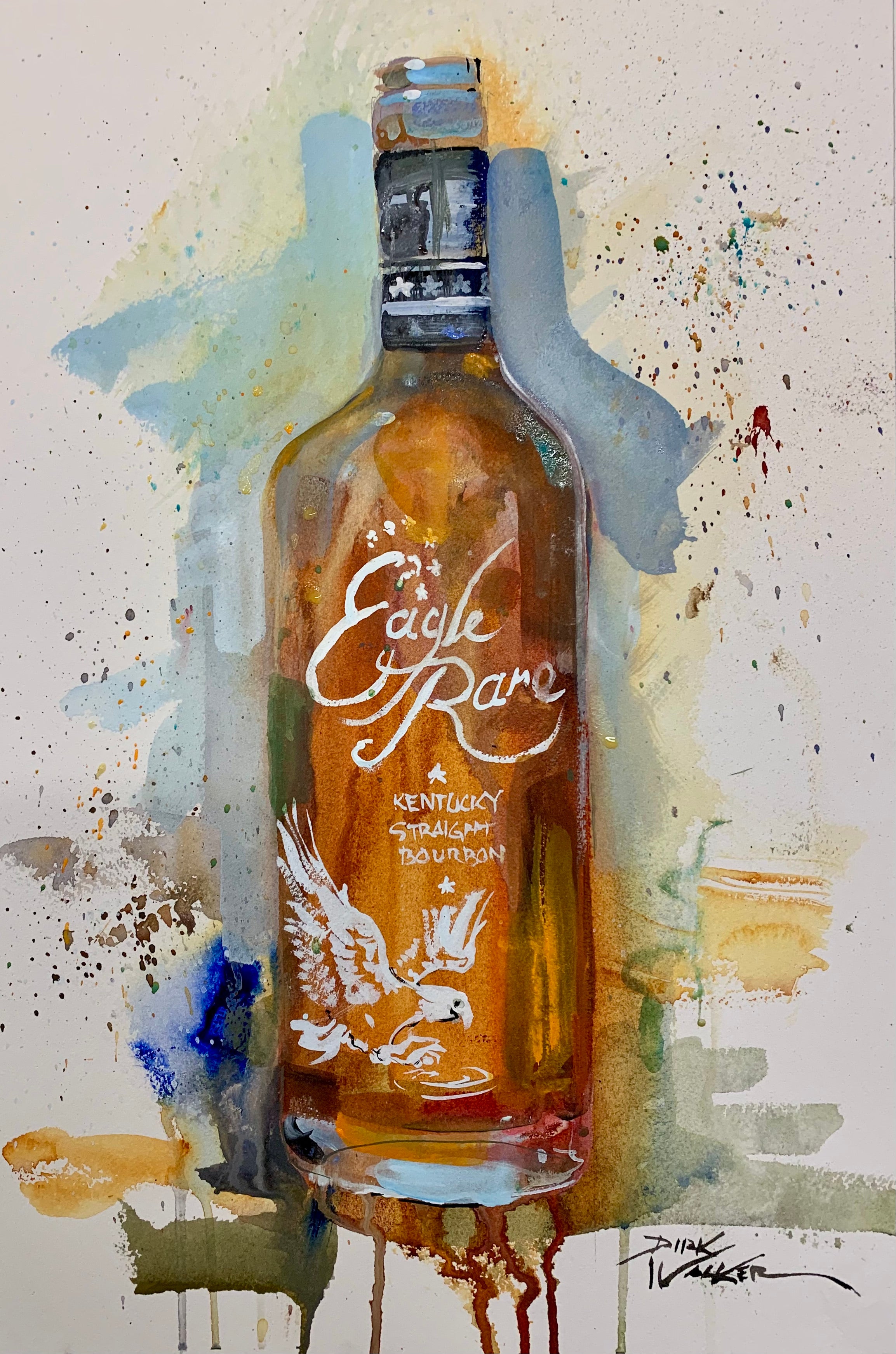Introducing the Charm of Bourbon Art: A Homage to Craft Distillers
Introducing the Charm of Bourbon Art: A Homage to Craft Distillers
Blog Article
The Value of Whiskey Art in Celebrating Heritage and Craftsmanship in the Beverage Industry
The detailed relationship in between scotch art and the event of heritage and workmanship within the drink market can not be overstated. With attentively developed bottles and tags, whiskey brands encapsulate their historic origins and the artisanal skills that define their manufacturing techniques. This creative measurement not just enhances market allure yet additionally acts as a channel for social narration, promoting a deeper link in between the consumer and the craft. As we check out the numerous aspects of this topic, intriguing inquiries regarding the influence of modern-day trends on conventional practices arise, triggering further exam.
The Historical Origins of Whiskey
At the heart of scotch's appeal lies a rich tapestry of historic roots that map back to old civilizations. The beginnings of whiskey can be linked to the distillation methods of the Sumerians and Babylonians around 2000 BCE, where very early kinds of fermented grain drinks began to emerge. Nonetheless, it was in the Center Ages that the art of purification developed substantially, especially in Ireland and Scotland, resulting in the development of scotch as we understand it today.
The term "bourbon" itself stems from the Gaelic word "uisce beatha," implying "water of life." This phrase highlights the cultural value of scotch in Celtic societies, where it was commonly associated with rituals, celebrations, and public bonding. By the 15th century, purification became a recognized craft within monastic neighborhoods, leading the way for the establishment of legal distilleries.
As profession courses expanded, whiskey's appeal expanded, transcending regional limits and recording the passion of lovers worldwide. Bourbon Art. This historical trip shows not only the craftsmanship behind bourbon manufacturing yet also its essential duty in cultural and social contexts, marking it as a significant beverage throughout history
Artistic Expression in Branding
Scotch branding stands as a compelling junction of creativity and business, where visual identity plays a vital role in forming customer understanding. The visual appeals of scotch labels, packaging, and marketing materials show not just the brand's tale yet additionally its core values and heritage. Through artistic expression, distilleries share a story that resonates with consumers, evoking emotions and triggering connections.
The use of color, typography, and imagery in branding offers to separate products in a saturated market. Traditional concepts may evoke a sense of credibility and workmanship, while contemporary styles can represent technology and forward-thinking. This strategic creative direction boosts brand name acknowledgment and commitment, allowing customers to build an individual connection with the scotch they select.
Furthermore, artistic expression in branding frequently functions as a party of local heritage. Distilleries frequently incorporate neighborhood icons or historic referrals into their layouts, developing a local color that welcomes customers to take part in a wider social experience. Eventually, the creativity behind bourbon branding not only improves visual charm however also enriches the total narrative of the brand, cultivating a much deeper appreciation for the craftsmanship and heritage ingrained in each bottle.
Workmanship in Bottle Design
The creativity apparent in scotch branding expands beyond visual identity to encompass the craftsmanship associated with bottle design. Each bottle serves as a vessel not simply for the spirit within, however likewise for the tale it outlines its origin, practice, and high quality. The style process requires thorough focus to information, as elements such as closure, form, and material contribute dramatically to the overall perception of the whiskey.
Craftsmanship in container design includes selecting top quality glass that can enhance the bourbon's shade and clearness, while additionally supplying a tactile experience for the consumer. The silhouette of the container must be both visually appealing and useful, commonly showing the heritage of the brand name. Many distilleries go with distinct forms or printed logo designs that evoke a sense of credibility and background.
Additionally, the tag style and typography play a vital function in interacting the brand's story. Whiskey Art. A well-crafted bottle not only captivates the customer's eye however likewise enhances the brand's commitment to quality and practice. In this way, the workmanship of bottle design becomes an essential aspect of the scotch experience, combining creativity with an extensive regard for heritage
Cultural Value of Bourbon Art
Commemorating custom and craftsmanship, the social importance of whiskey art transcends simple visual appeals, linking with the historic and social stories of the areas from which it comes from. Each container acts as a canvas, depicting the one-of-a-kind stories, folklore, and practices that have formed regional whiskey-making methods. The detailed designs frequently mirror the heritage of the distillers, including signs and themes that reverberate with the society and values of their communities.

On top of that, bourbon art plays an essential duty in common celebrations and events, acting as a substantial web link in between individuals and their shared experiences. By valuing the virtuosity in scotch product packaging, consumers cultivate a much deeper understanding and respect for the craft, eventually enhancing their pleasure of the beverage itself.
Modern Trends in Scotch Discussion
In recent years, the discussion of bourbon has advanced to reflect contemporary preferences and patterns while still honoring standard craftsmanship - Limited Edition. Distilleries are significantly focusing on visual components that boost the general drinking experience, connecting the gap in between this heritage and modernity
Cutting-edge her comment is here bottle styles have emerged, frequently including lasting materials and imaginative labels that tell engaging tales. Numerous brand names now team up with regional artists, instilling their items with special visual expressions that reverberate with customers. Additionally, limited-edition releases are commonly packaged in collectible containers, adding worth and allure for connoisseurs.

Conclusion
To conclude, scotch art functions as an essential channel for expressing the heritage and craftsmanship fundamental in the drink market. Via elaborate branding, ingenious container layouts, and culturally substantial artistic aspects, bourbon brands successfully recognize their practices and attach with consumers. This creative story not just elevates the admiration of whiskey however additionally strengthens neighborhood identity and pride among manufacturers. Inevitably, bourbon art plays a necessary role in preserving and commemorating the abundant cultural tapestry of whiskey-making.


Craftsmanship in container design entails choosing top quality glass that you could look here can boost the whiskey's color and quality, while likewise supplying a tactile experience for the customer. In this way, the workmanship of bottle style becomes a crucial facet of the scotch experience, combining artistry with an extensive respect for heritage.
In verdict, scotch art serves as a crucial avenue for revealing the heritage and workmanship intrinsic in the beverage industry.
Report this page